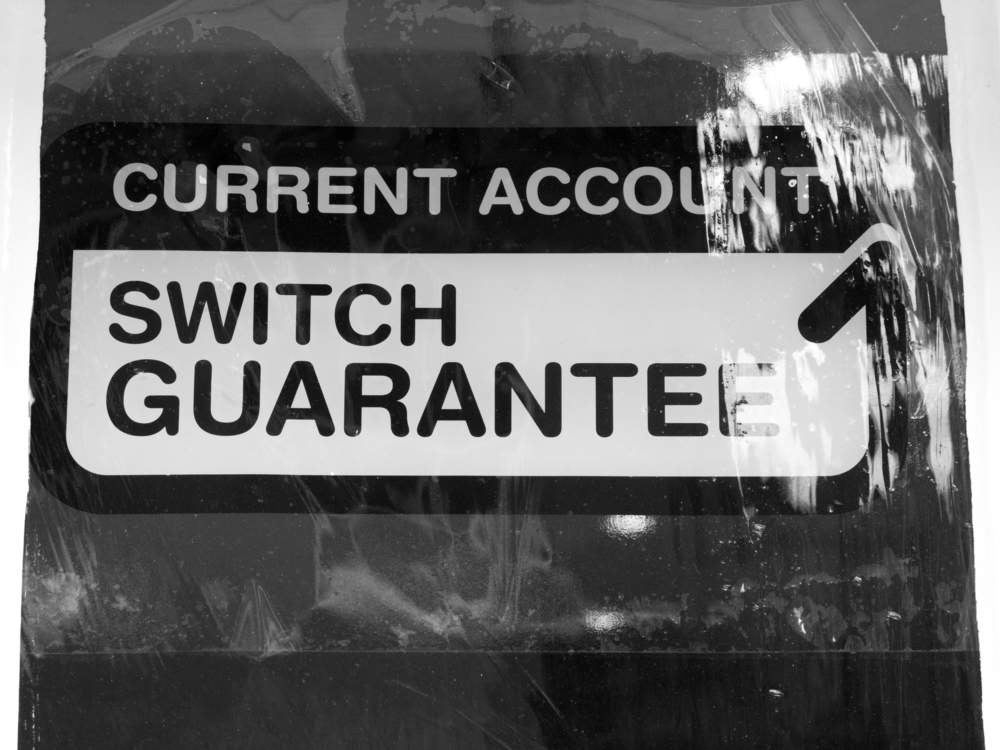
Another set of UK 7 day current account switching statistics is released and another fall in annual switching is revealed.
In the past 12 months (1 July 2018 to 30 June 2019) there were 941,708 switches. That is down 2.4% from 965,317 switches in the 12 month period to end June 2018.
This was not in the script for government or Bacs, the organisation with responsibility for the current account switch service.
The increasing number of current account providers is meant to promote competition. And the success of Bacs in administering seven day switches efficiently was all meant to result in switch rates rising.
Around 46 million adults hold a current account. That means that only around 2% of account holders are using the 7 day current account switching service.
The latest figures are in no way a one off. For example, there were 1,056,378 switches in the 12 month period to end June 2017.
How well do you really know your competitors?
Access the most comprehensive Company Profiles on the market, powered by GlobalData. Save hours of research. Gain competitive edge.

Thank you!
Your download email will arrive shortly
Not ready to buy yet? Download a free sample
We are confident about the unique quality of our Company Profiles. However, we want you to make the most beneficial decision for your business, so we offer a free sample that you can download by submitting the below form
By GlobalDataSo the latest figures reveal a 10% drop in switches since the period July 2016 to June 2017.
To be fair to Bacs, awareness and satisfaction levels for the service remain consistently high at 79% and 92% respective.
Moreover, the banks’ efficiency in administering seven day switching is not in doubt.
Furthermore, the service continues to grow with 49 brands now participating in the Current Account Switch Service.
Monzo and Starling hype: not reflected in switch stats
Starling Bank debuted in the quarterly switch table for the first quarter of 2018. For that quarter, Starling shows a net gain of almost 1,200 switchers.
Rival digital challenger Monzo debuted in the switching statistics for the second quarter of 2018.
Account switches by brand are released three months in arrears. The most up to date statistics released on 25 July disclose switches by brand for 1 January to 31 March. For that quarter, Monzo posts 8,331 account gains against 1,039 losses. By contrast, Starling shows 6,103 account gains against only 870 switches away from the bank.
And yet Monzo and Starling are posting phenomenal rises in customer numbers.
Specifically, Monzo now has over 2 million users. At the same time, Starling retail banking customer numbers are now well over 500,000.
But according to Bacs, Monzo and Starling are not attracting customers to participate in the 7 day current account switching service. At least not yet.
7 day current account switching: winners and losers
Nationwide Building Society is again the biggest winner. It posts the largest current account switching gains for the first quarter of 2019 ahead of HSBC.
Nationwide continues its successful long-term drive to post current account market share gains. In the past six years it has grown its market share from 6% to 8% of UK current accounts. In the first quarter Nationwide net seven day switching gains total almost 39,000.
Over the same period HSBC is ahead by a net 26,000 switches.
Monzo and Starling Bank show the next highest number net gains for the first quarter.
The biggest loser is Lloyds Banking Group, down by more than 30,000 across its three brands. Main brand Lloyds is down by a net 11,000 with Halifax losing a net 19,000. Bank of Scotland brings up an unwelcome treble losing a net 1,300.
TSB’s challenges continue following its well publicised IT meltdown in 2018. In the first quarter TSB shows a net loss of almost 14,000 switchers.
NatWest switching incentive promotion pays off
The position at RBS NatWest is mixed. Parent brand RBS shows a net loss of 3,600 but NatWest is one of the biggest winners, with net gains of almost 15,500.
NatWest’s success in posting net gains coincides with the January launch of its first switch incentive in almost 10 years.
In particular, NatWest offered £125 to new and existing customers to switch a non-NatWest current account to a NatWest account.
In April, NatWest improved the incentive. It offered its biggest cash bonus of £175 to tempt non-customers to switch their account to NatWest.
It is safe to forecast that will result in NatWest showing net gains when second quarter switching statistics are released.
[visualizer id=”38552″]





